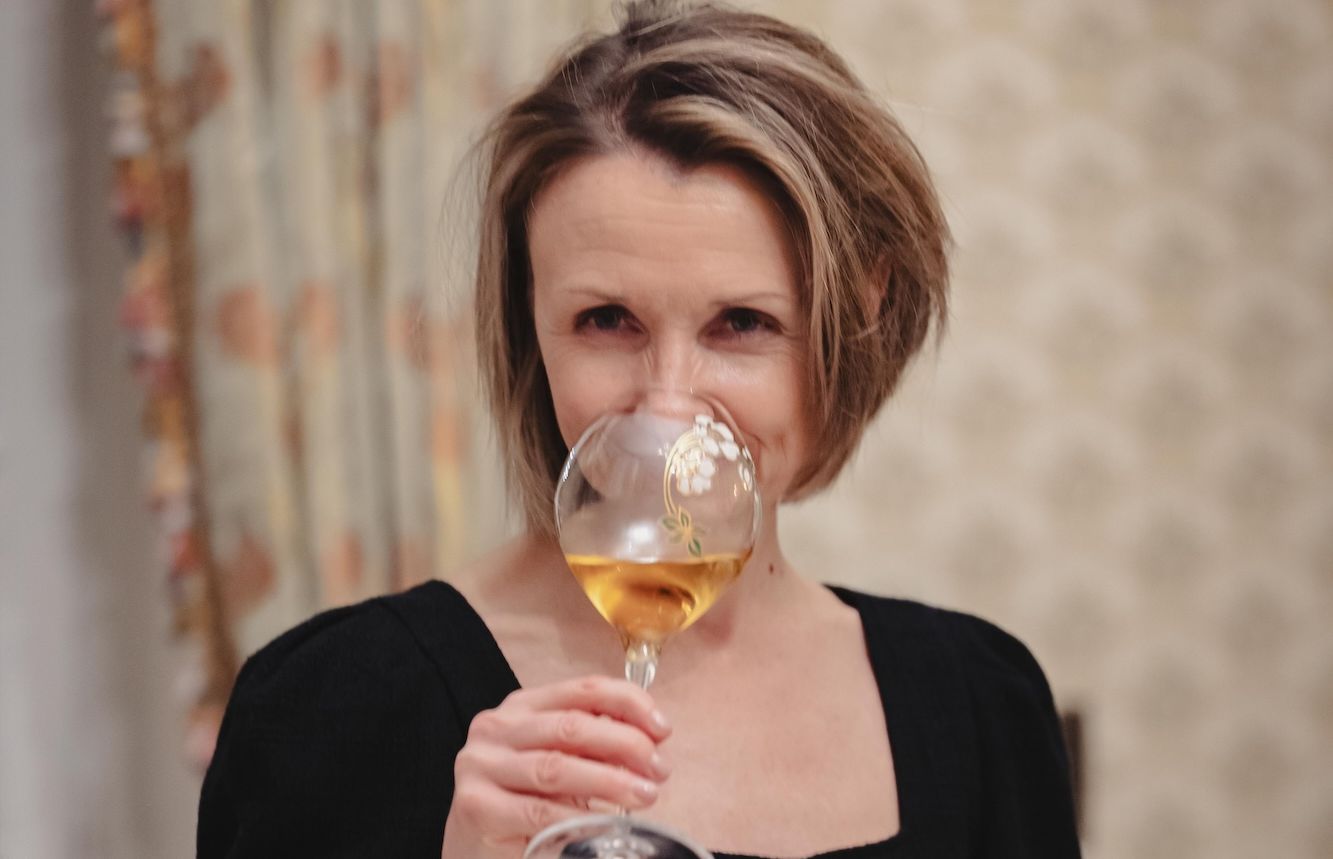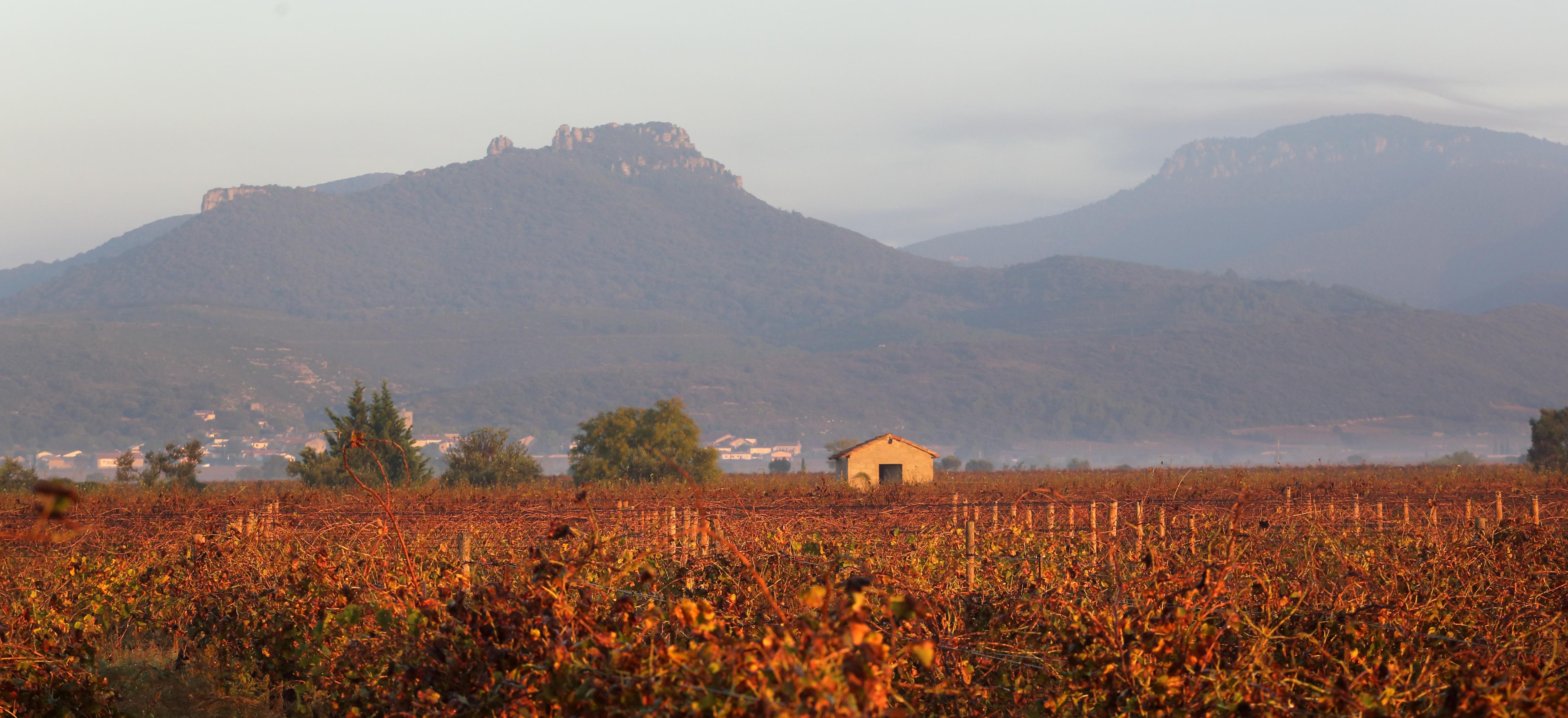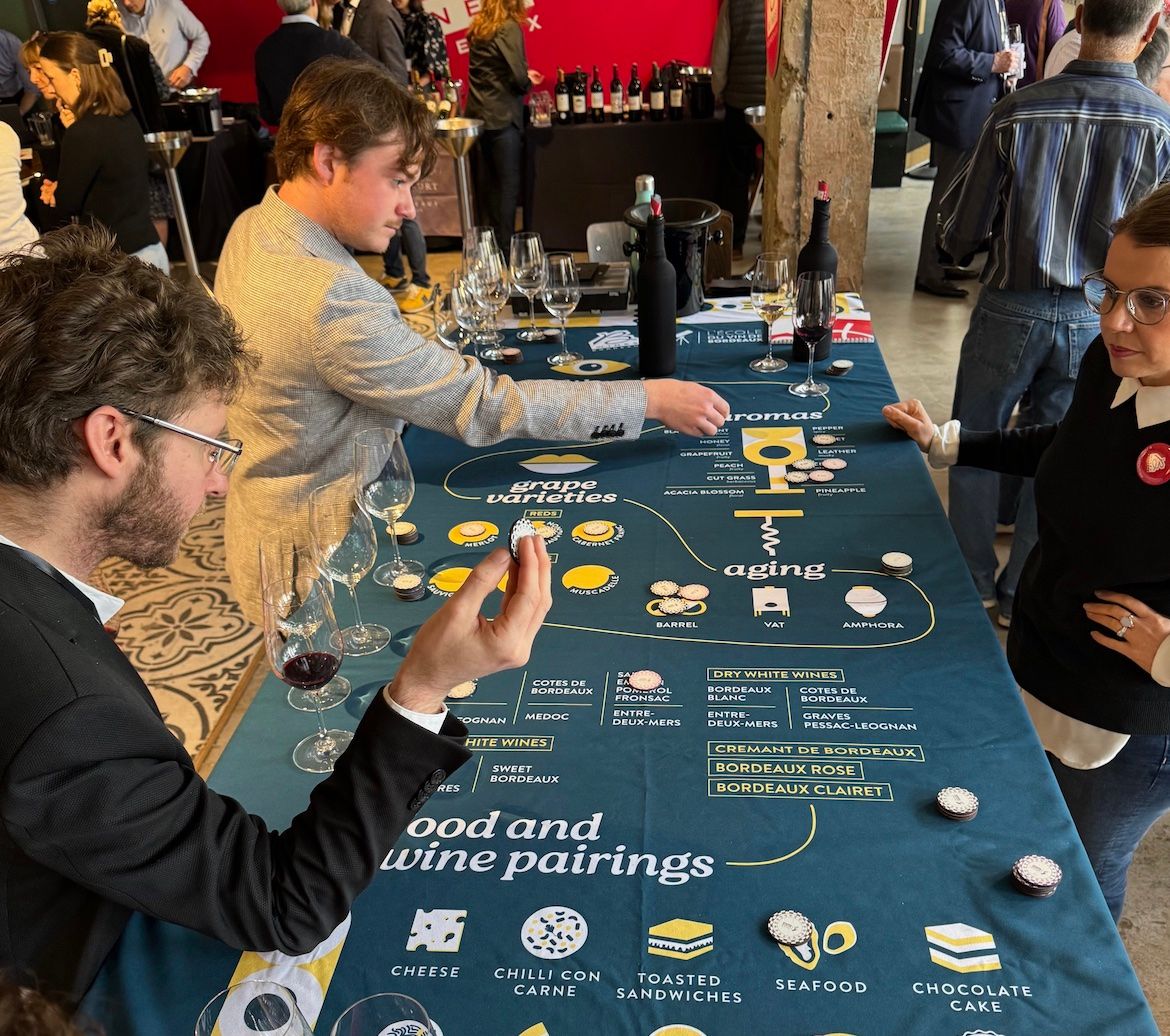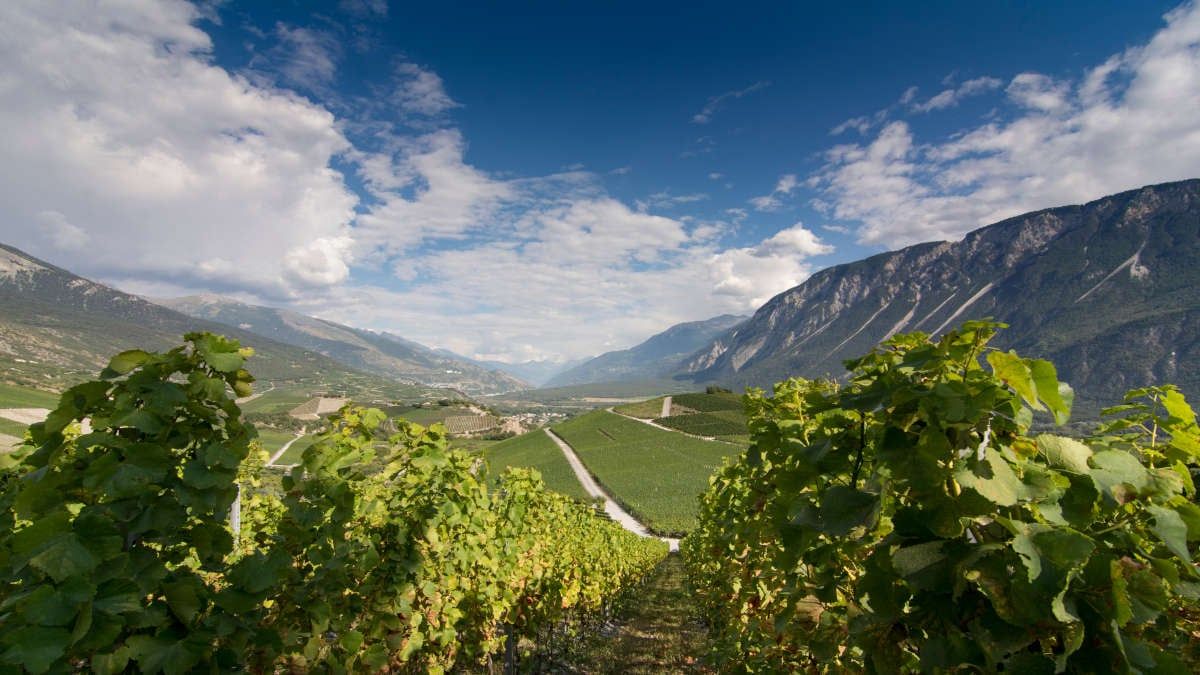Fernando Remirez de Ganuza sits at the confluence of modern and traditional Rioja and the wines speak of his quest for perfection.

Cristina Remirez de Ganuza, July, 2018
“They are calling this the new phylloxera,” says Cristina Remirez de Ganuza as she points to a number of stricken vines that have suddenly ceased to work, “people around here are worried.”
It is something her winemaker husband, Jesus Mendoza, and father Fernando Remirez de Ganuza are keeping an eye on and an open mind, but it is plain to see that a number of vines in each of the rows of vines have been struck down.
We are standing at the top of Coqueta which, at 11 hectares, is easily the largest single vineyard owned by Remirez de Ganuza. This beautiful plot is closest to the village of Samaniego, where the winery is located at the foothills of the Sierra de Cantabria, in the heart of the Rioja Alavesa. Most of the 76 hectares of vineyards, however, are dotted all around the region in 246 prime plots, 70% of them with vines of over 70 years old.
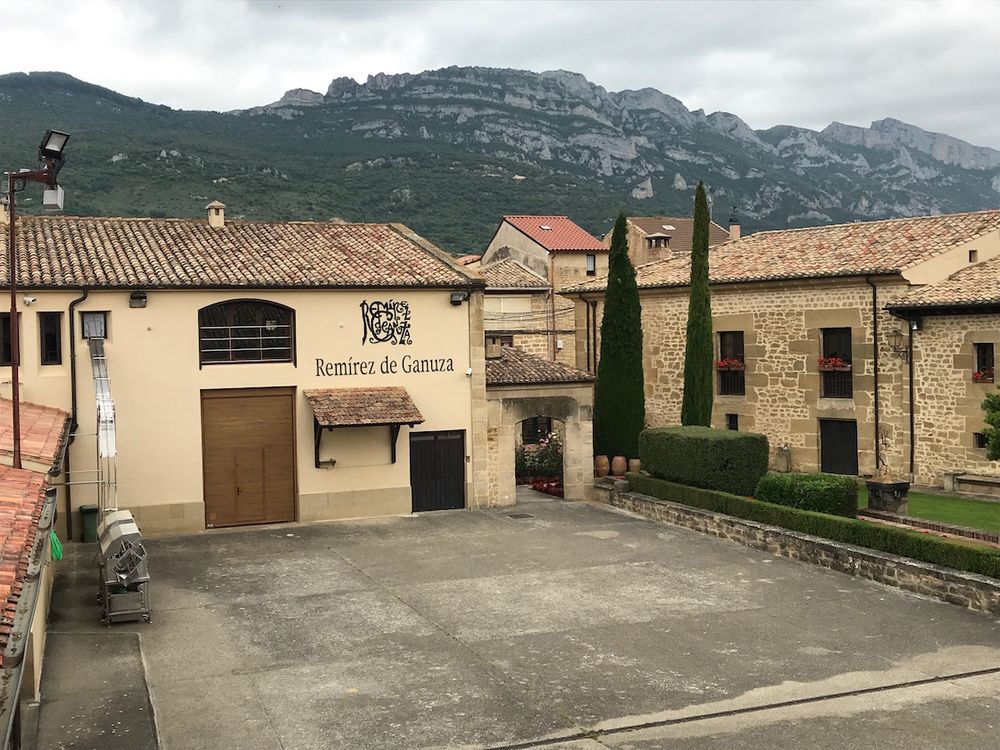
This is a portfolio that was built up by Fernando who used to be the largest vineyard broker in the region and who then started keeping some parcels for himself, the best ones and the ones that he knew would produce outstanding fruit.
“Our philosophy is very simple, you always make the best wine from the best grapes.”
What makes the winery and the wines so different is the man who set the ball rolling in the first place Fernando Remirez de Ganuza, who built the winery relatively recently in 1989 and produced his first vintage in 1991.

Tasting with Fernando Remirez de Ganuza, July, 2018
“When my father decided to make a winery he had no training so everything was a test.”
Cristina says that although Fernando was born and bred not so far from Samaniego, the village was technically in Navarra – a wine region less governed than Rioja by rules and red tape. It is this mindset that led Fernando to question the shared protocol of winemakers in Rioja and to invent solutions.
As Cristina shows us around the winery this in evidence everywhere.
In the small barrel room where the whites are resting on their lees, one barrel has a glass end so that when the barrels are turned Fernando can see exactly what is happening to the sediment and how it is behaving.
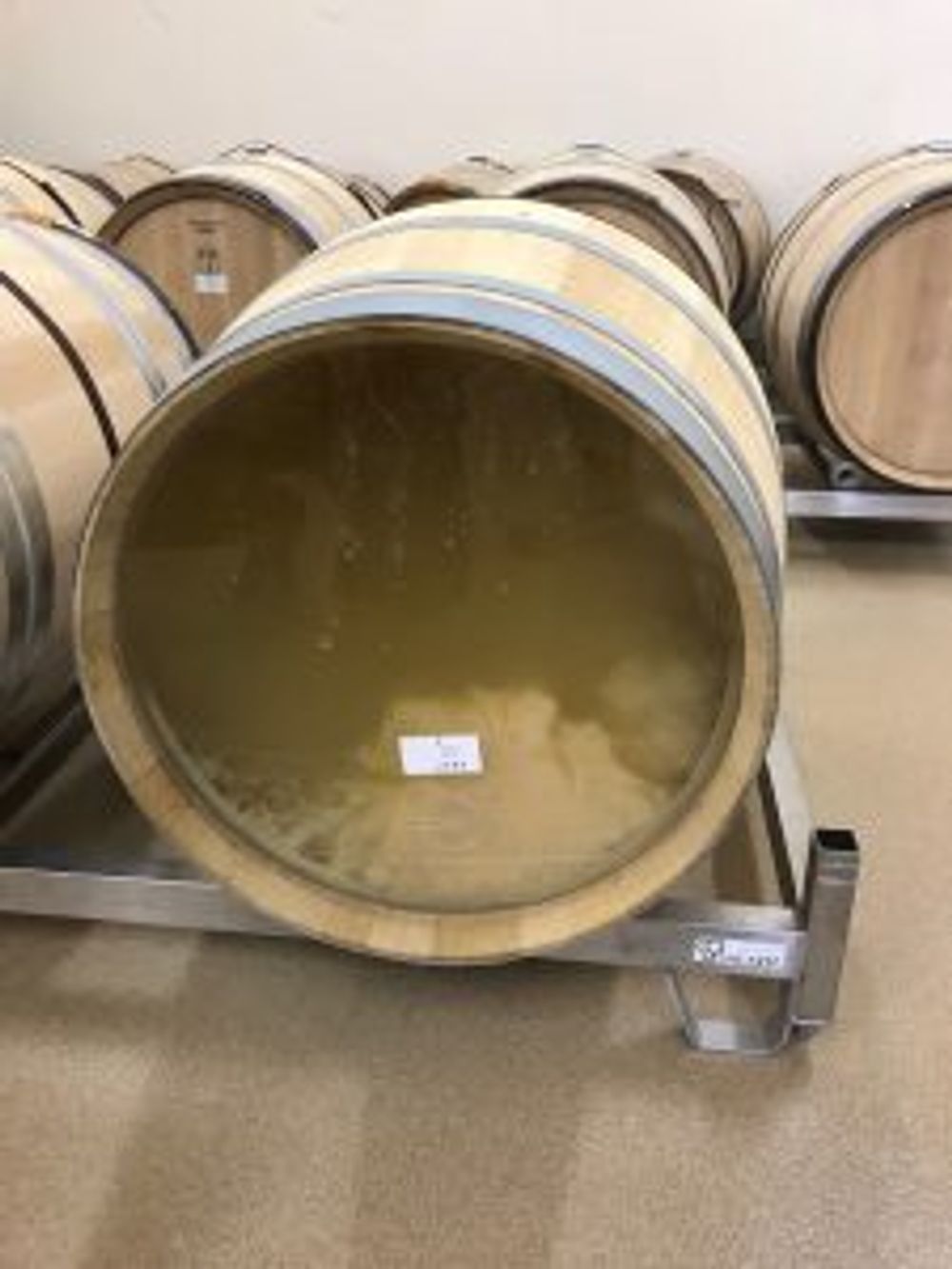
The white wines are always fermented slowly in 100% new oak barrels. Why? “Good fermentation with Viura takes time, Viura is not as plain as people think, and with new oak the wine and the barrels can get old together, the barrel brings complexity, more body, more aromas of flowers and notes of the bakery,” Cristina says.
Onto the winery where only small baskets of hand-picked grapes arrive at harvest – Fernando was the first to pioneer small baskets in the area and, interestingly, the pickers are paid by the hour and not the basket, encouraging them to be selective in the vineyard.
“And here is my father’s invention,” Cristina says “a sorting table that is the first mechanised sorting table in Spain.”
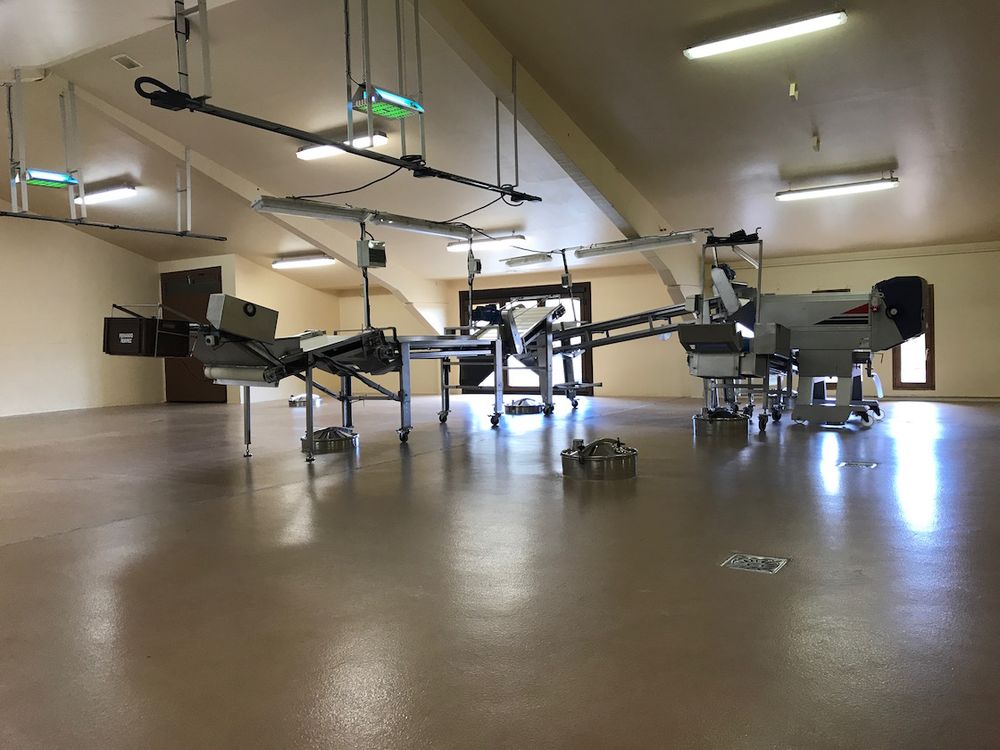
Unbelievably, mechanised sorting tables didn’t exist in 1989 when Fernando set up the winery so he built one himself – a wonderful looking thing – what an operating theatre table would look like if Heath Robinson had designed it first.
“They existed in books,” Fernando adds, “but not in reality, they were also used in other industries but not wine so it was a case of putting theory into practice. The first one was black and we just added to it.”
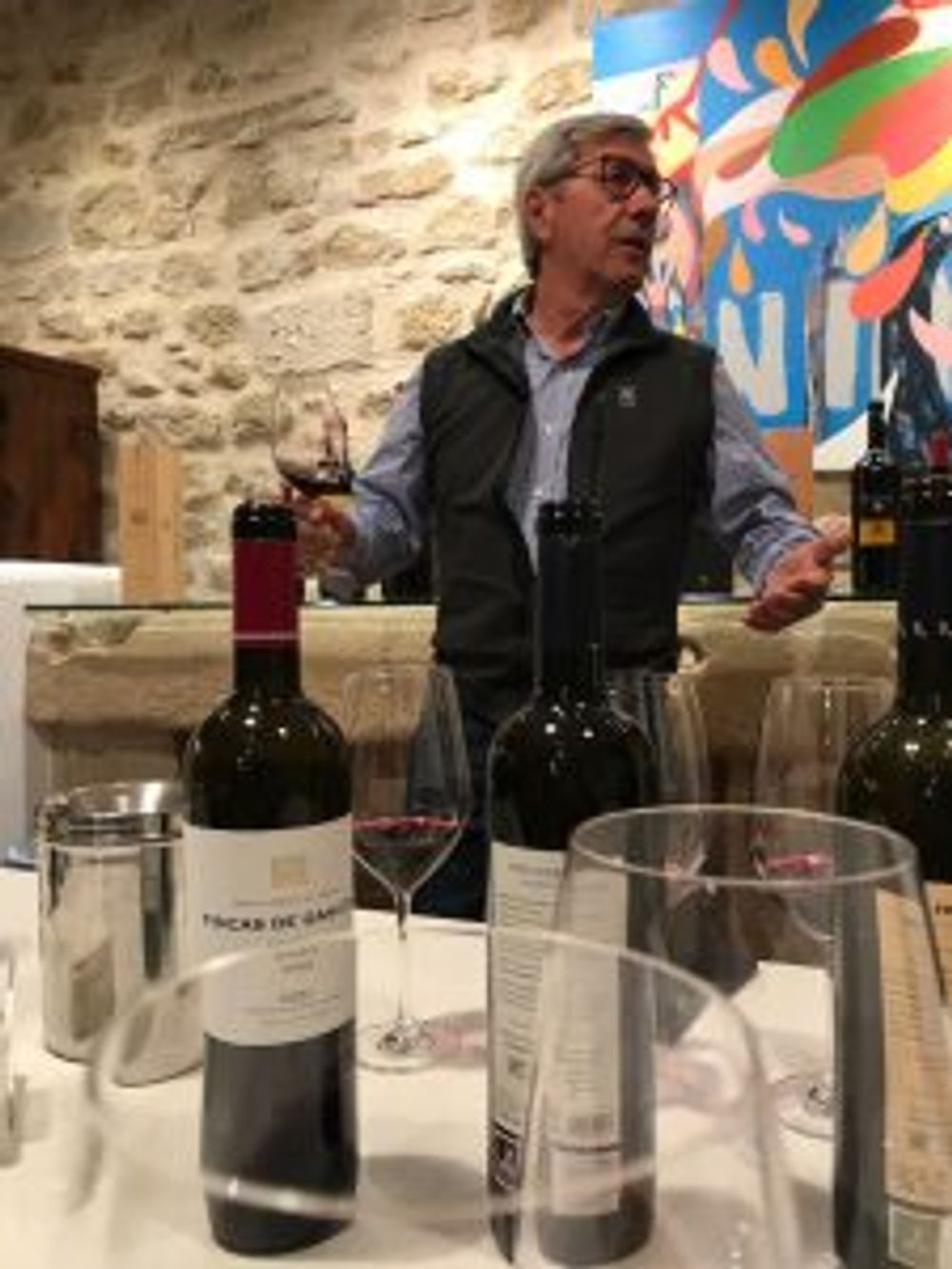
Intense selection takes place in the vineyard but it is mainly on the sorting table where real scrutiny of the bunches is carried out… and another innovation.
First, the team cuts the bunches of grapes in two, keeping the higher quality ‘hombros’ or shoulders of the grapes for the Gran Reserva and Reserva while the ‘puntas’ or tips are not de-stemmed but saved intact for the entry level red Erre Punto that is made with carbonic maceration. The reason here is that the shoulders see more sun therefore they have more maturity, complexity, colour and sugar than the tips, the tips also have less stem so that these will work with carbonic maceration, a fermentation technique that used to be more common in Rioja than it is today.
“All of the fermentation tanks were designed by my father from his specification,” Cristina says, “when they were in the courtyard waiting to go into the winery the villagers joked about us going to space.”
Fernando also separates the must at the end of the table and collects it so that it doesn’t go into the final wine.
For the Trasnocho red another innovation: to press the fermented grapes without breaking the seeds and to reduce the oxygen Fernando has a patented invention – a water bag that is lowered into the tank after fermentation and filled with air, then water, which gives the grapes a less aggressive/ potentially harmful press – at roughly half the pressure of a normal press. The other reds are pressed in basket presses wrapped in polythene to reduce oxygen.

The winery then believes in small oak barrels for ageing – all 100% new – not that you would know it from tasting the wines that all have such pure fruit and a linear, mineral-rich acidity running through them to create deliciously balanced wines.
All of the wines are also aged for a long time, the new release of the Vina Coqueta for example is 2008, the new reserve white is 2011.
“It is the winery that should make the job of ageing it until it is ready to drink,” Cristina says.
Had they tried biodynamic farming? “Yes, we tried it with a seven hectare plot but we didn’t like the wine so much so we changed back, maybe it just doesn’t work for the wines we try to make,” Cristina says.
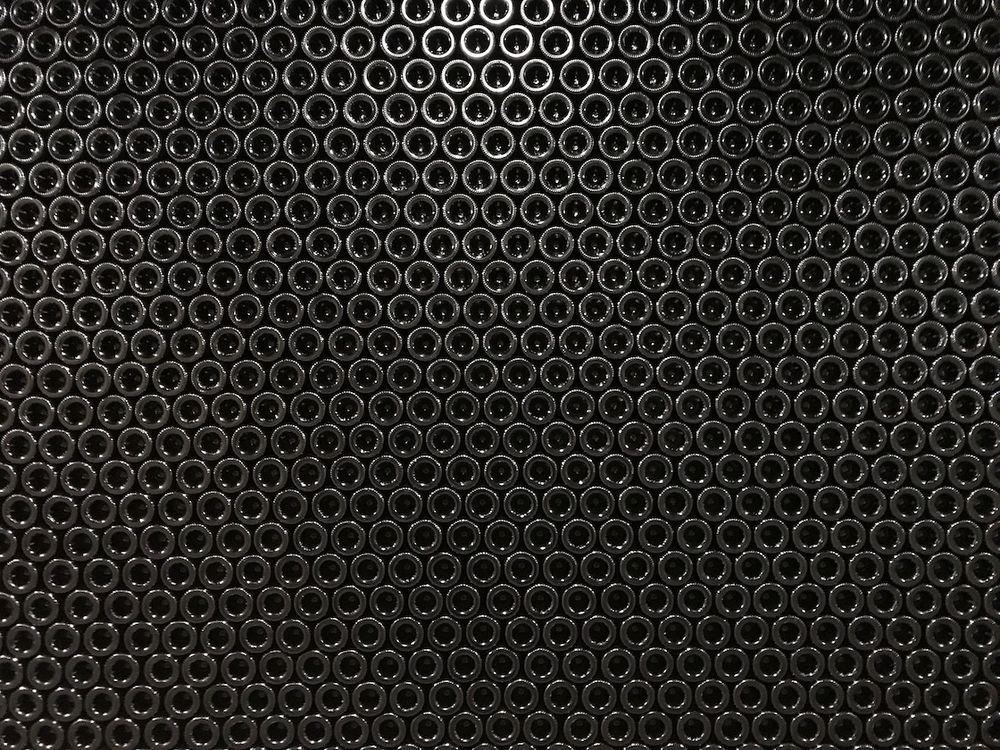
None of this quest for perfection would make any sense if you couldn’t taste it in the wines and that you can – these are truly distinctive, top quality right across the board.
You can taste it: the quality of the fruit, the expression of terroir, the innovation, the great attention to quality in the winemaking; most of all it is the overall quality of the wines that speak of one man’s quest for perfection.
Through all of the nine Fernando Remirez de Ganuza wines there runs an extraordinary freshness, everything is playing its part at just the right volume. It’s almost as if the wines of Fernando Remirez de Ganuza are playing with our perceptions of what Rioja is and what Rioja wines can be – this is modern Rioja in some respects but in all others it is rooted in tradition.
Tasting the new vintages at Hide
Two months later and the Remirez de Ganuza team are in London showing off the latest vintages at Hide Restaurant to an audience of top sommeliers and wine buyers. It is a magnificent tasting hosted by the winery importer Bancroft Wines and chaired by Harry Crowther.
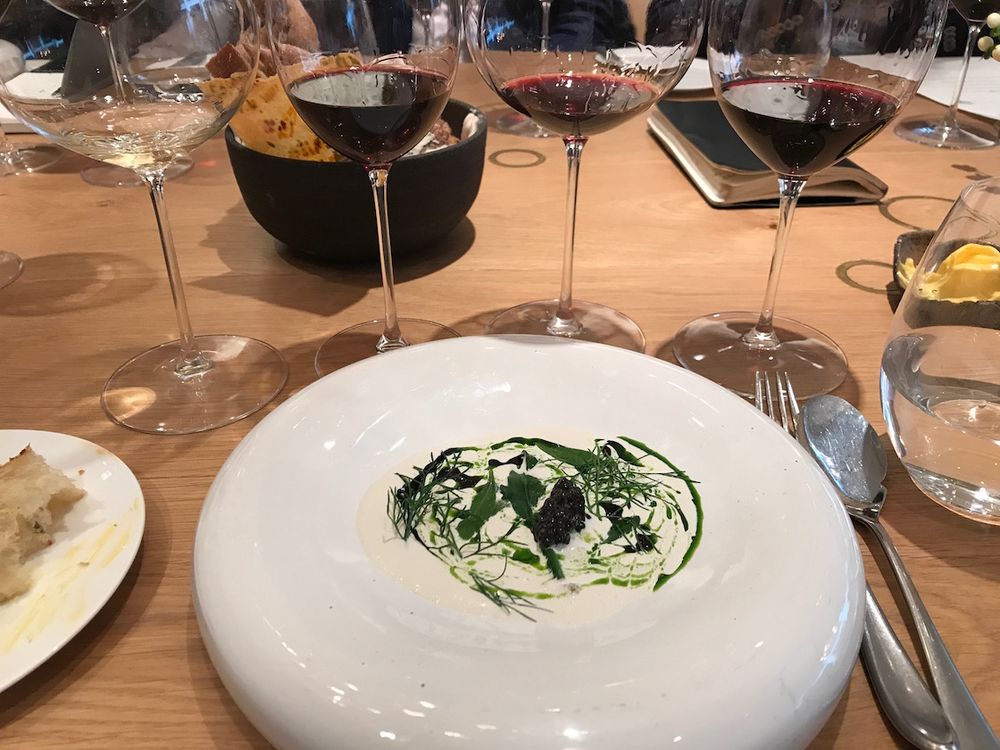
Tasting at Hide, London, September 2018
All of the wines are showing well and show off their gastronomic potential, interestingly the reds with a Nordic style cured salmon and cru lait dish.
Around the table most agreed that it was the oxidised style blanco Reserva 2011 and the Gran Reserva 2005 that were really outstanding. Although the 100-Parker point Gran Reserva 2004 is virtually imposible to get (some retailers have it for about £500 a bottle), Fernando thinks the 2005 is “right up there with the 2004” and the winery has stocks left, although Bancroft has a later vintage in its current sales portfolio.
Over lunch we tasted
Remirez de Ganuza Blanco 2016
80% Viura, 20% Malvasia, Garnacha Blanca and others
10 months in French new oak, the first vintage where no batonage was carried out; very light gold, lightly floral on the nose with some complexity, on the palate light orange and lemon zest, mouth-watering with a distinctive fine-grained texture
Remirez de Ganuza Reserva 2011

70% Viura, 20% Malvasia, 10% Garnacha Blanca and others
Released one month ago, oxidised style; deep gold with orange highlights; rich nose of honey and quince, the palate is voluptuous and highly textured at the same time, crystal clear, evolved, sweetness on the edge with tight acidity and wet stone finish. No loose ends here this is an outstanding wine.
The reds are all mainly 90% Tempranillo with 10% Garnacha, although some have a small percentage of Viura and Malvasia in.
Remirez de Ganuza Erre Punto tinto 2017
Carbonic macerated; you get the whole bunch on the nose with graphite, beetroot and iris, fresh, light, inky, easy going, not over-structured but still with attractive depth, rounded tannin and a nice dry stone textured finish.
Remirez de Ganuza Rioja Reserva 2010
26 months in French oak – “All of our efforts go into this – it is our total philosophy” says Fernando. Lanolin and coconut husk on the nose, a little shy; palate is fresh, clean, juicy, with tight, defined acidity and a real tension.
Remirez de Ganuza Gran Reserva 2005

39 months in new barrels “We can age this for a long time and it will still be fresh.” In short this is phenomenal wine: the balance, freshness, depth of umami flavours; juicy pure black fruit core with a lick of mint on the edges; intense but refined nose. One to keep coming back to.
Remirez de Ganuza Trasnocho 2012
Gently pressed, 22 months in new French oak; a lighter feel to the fruit than the Reserva even though this is highly concentrated and powerful wine, lush, fresh, rich, umami on the nose and a lovely integration of the wood.


